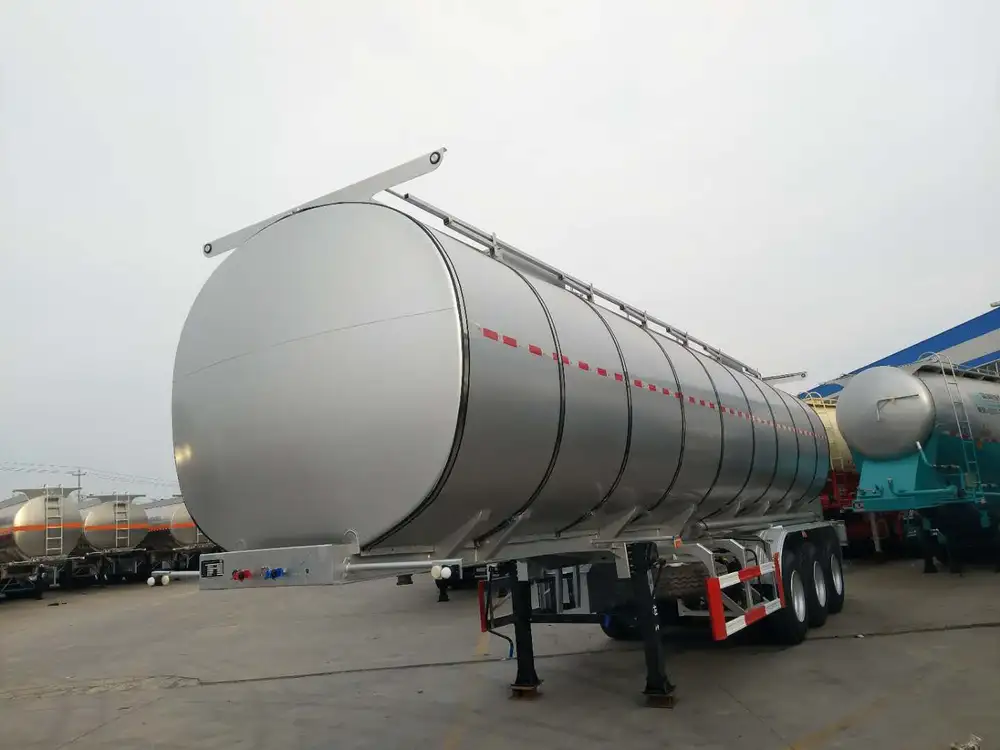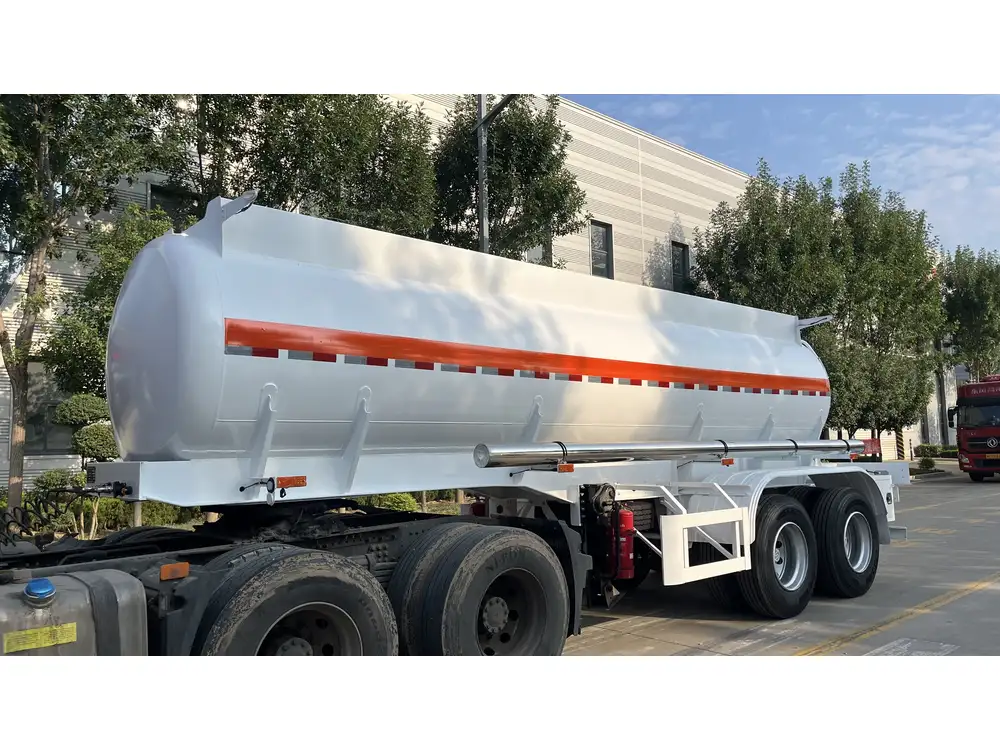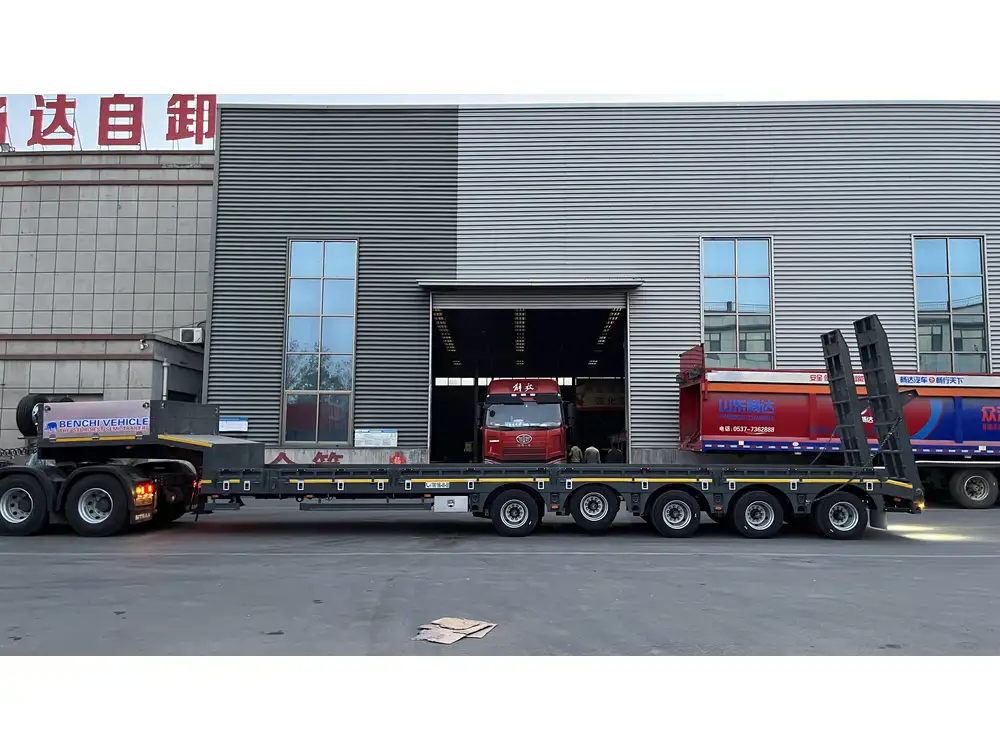The world of semi-trucks is laden with nuances, particularly when it pertains to weight classifications. Many individuals, fleet owners, and logistics professionals often inquire, “How much does a semi weigh without a trailer?” This question isn’t merely academic; it has practical implications for load calculations, regulatory compliance, and operational efficiency.
Introduction to Semi-Truck Weight Dynamics
Semi-trucks, also known as tractor-trailers, consist of two main components: the tractor (the front part with the engine) and the trailer (the cargo-hauling section). The weight of the semi-truck without the trailer—referred to as the “tractor weight” or “curb weight”—is vital for assessing load capabilities, adhering to weight restrictions, and optimizing performance.
What is Curb Weight?
Curb weight represents the total weight of a vehicle when it is fully equipped, including all necessary fluids like fuel, oil, and coolant, but without any cargo or passengers. Understanding the curb weight of a semi provides crucial insights into the vehicle’s operational parameters.
| Type | Typical Weight Range (lbs) |
|---|---|
| Light Duty Semi | 10,000 – 15,000 |
| Medium Duty Semi | 15,000 – 25,000 |
| Heavy Duty Semi | 25,000 – 35,000 |

Why Weight Matters
Understanding the weight of a semi without a trailer impacts various aspects:
Legal Compliance: Different jurisdictions impose weight regulations on commercial vehicles. Knowing the base weight helps in compliance with federal and state regulations concerning gross vehicle weight.
Load Distribution: Proper load distribution affects vehicle control, fuel efficiency, and tire wear. Understanding the tractor’s base weight allows for better load planning.
Fuel Efficiency Considerations: A lighter vehicle may enjoy greater fuel efficiency. Conversely, knowing the exact weight can assist in analyzing payload and route optimization strategies.
Regulations and Compliance
In the commercial trucking industry, the Federal Motor Carrier Safety Administration (FMCSA) enforces strict regulations concerning vehicle weights. The maximum allowable weight for a semi-truck (tractor + trailer + cargo) is typically 80,000 pounds in interstate commerce in the United States.
Weight Classes
Understanding the weight classifications can help fleet managers and operators plan effectively. The following table delineates the various classifications of semi-trucks and their respective empty weights.
| Vehicle Class | Typical Weight (lbs) |
|---|---|
| Class 7 | 26,001 – 33,000 |
| Class 8 | 33,001 or more |

Examples of Semi-Weight Without a Trailer
Standard Models
Freightliner Cascadia: The curb weight is approximately 18,000 to 20,000 pounds. This model is popular for its balance between performance and fuel efficiency.
Peterbilt 579: This premium model weighs between 17,000 and 22,000 pounds, depending on the configuration and additional features.
Kenworth W990: Known for its rugged appeal, the curb weight can range up to 20,000 pounds, making it suitable for heavy-duty applications.
Factors Influencing Curb Weight
The weight of a semi-truck without a trailer is influenced by various factors:
Engine Size: Larger engines often add weight but provide greater power for heavier loads.
Chassis Configuration: The construction materials and design of the chassis can lead to weight variations.
Added Features: Weight-saving technologies versus luxury features can balance out the curb weight.

Payload Capacity
Calculating payload capacity is essential for both profitability and legal adherence. The payload capacity is determined by subtracting the curb weight from the gross vehicle weight rating (GVWR).
Formula
[ \text{Payload Capacity} = \text{GVWR} – \text{Curb Weight} ]Example Calculation
If a typical heavy-duty semi-truck has a GVWR of 80,000 pounds and a curb weight of 20,000 pounds, the payload capacity would be:
[ \text{80,000 lbs} – \text{20,000 lbs} = \text{60,000 lbs} ]This means the semi can legally transport up to 60,000 pounds of cargo without exceeding legal weight limits.

Importance of Weigh Stations
Commercial vehicles must often stop at weigh stations for compliance checks. Here’s an overview of why these stations matter:
| Purpose | Details |
|---|---|
| Safety Checks | Ensures vehicles are safely loaded without risk of accidents. |
| Compliance Verification | Validates that trucks are within legal weight limits set by federal and state laws. |
| Infrastructure Protection | Prevents damage to roads and bridges by limiting excessive weight. |
Weighing Procedures at Stations
- Scale Types: Most weigh stations utilize fixed or portable scales to assess weight accurately.
- Compliance Inspectors: Trained officials may also check vehicle documents for legal compliance concerning weight.
Effects of Overloading
Operating a semi-truck over its legal weight limit can lead to serious implications:
Fines and Citations: Overweight vehicles often face substantial penalties ranging from hundreds to thousands of dollars.
Safety Risks: Exceeding weight limits can compromise vehicle control, leading to accidents.
Increased Wear and Tear: Overloading accelerates wear on tires and braking systems, potentially leading to costly repairs.
Insurance Issues: An overweight vehicle may face higher premiums and penalties from insurance providers.

Tips for Accurate Weighing and Compliance
To operate within legal parameters and ensure smooth transport logistics, consider the following tips:
Weigh Before You Load: If possible, weigh trucks when empty to establish a baseline for calculations.
Regular Maintenance: Scheduled maintenance checks can ensure the accuracy of onboard scales and weight distribution systems.
Documentation: Keep meticulous records of all weight tickets and inspections to provide a clear history of compliance.
Future Developments in Truck Weight Management
The trucking industry is continually evolving, especially in the realm of technology and compliance. Some anticipated advancements include:
Digital Weight Monitoring Systems: Innovations in onboard technology can provide real-time weight data, helping operators avoid penalties.
Routine Data Uploading: Integrated solutions that work with logistics software can alert operators in real-time about their weight status.
| Future Trend | Potential Benefits |
|---|---|
| Smart In-vehicle Systems | Greater accuracy in load management and reduced compliance issues. |
| Enhanced Reporting Tools | Streamlined communication between fleet managers and drivers. |
Conclusion
The weight of a semi without a trailer plays a pivotal role in various aspects of trucking, from compliance to payload calculations. Whether you are a seasoned fleet manager or a newcomer to the logistics industry, understanding the dynamics of curb weight is essential for optimizing operations.
Armed with this knowledge, trucking professionals can better navigate the intricate world of transportation by ensuring safety, operational efficiency, and legal compliance. Thus, when one asks, “How much does a semi weigh without a trailer?” it encompasses much more than mere measurement; it is about paving the way for a safer, streamlined, and more accountable trucking industry.



